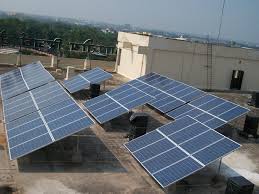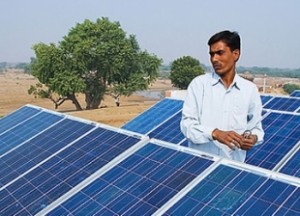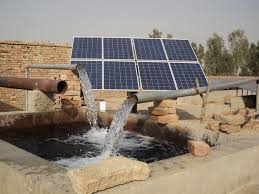The Indian government and its companies are thinking of taking up polysilicon manufacturing for solar energy panel production. The two major power Indian PSUs NTPC and BHEL are reportedly planning to set up a Joint Venture which will set up a plant to make polysilicon for 10 GW of solar cells production which would mean a plant with a capacity to produce 30,000 to 40,000 tons of poly. Note the Indian government is trying to get out of industrial production and has recently unveiled a policy where it will privatize a majority of its companies which make a wide variety of consumer and industrial goods.
It makes sense given that these companies have low corporate governance, are highly inefficient, and also major centers of corruption under the control of bureaucrats and politicians. Many of these companies have gone bankrupt due to the extremely poor governance and problems of the rules under which they work. The employees of these companies are generally inefficient, given that they have lifelong job security, and their KPIs are not aligned as per normal practices. This is one of the key reasons why the Indian PSU stocks have heavily underperformed the overall markets over the last 10 years and trade at low single-digit P/Es.
BHEL is about to go under as it for years failed to change its strategy of producing capital equipment for a dying sector which is thermal power plants. It produces boilers and turbines for the coal sector which now nobody uses. But the company, due to its sheer inertia, has not been able to change and is now flailing at different sunrise sectors without having a clue. NTPC which is one of the world’s largest producers of power also faces a similar situation in the future with its massive fleet of 50 GW of coal-based power plants becoming obsolete due to the rapid rise of solar and wind energy. These companies are trying to enter new areas to keep them relevant but given their institutional issues will in all probability meet the fate of the telecom companies like BSNL. The government should just create the right incentives and allow the private sector to make polysilicon rather than getting into producing on its own. The solar sector is highly dynamic and it may happen in a few years that polysilicon may no longer be used for solar panel production. The massive investment of almost a couple of billion dollars will then go to waste as these companies are not nimble enough to traverse the rapidly changing pathways of solar energy.






